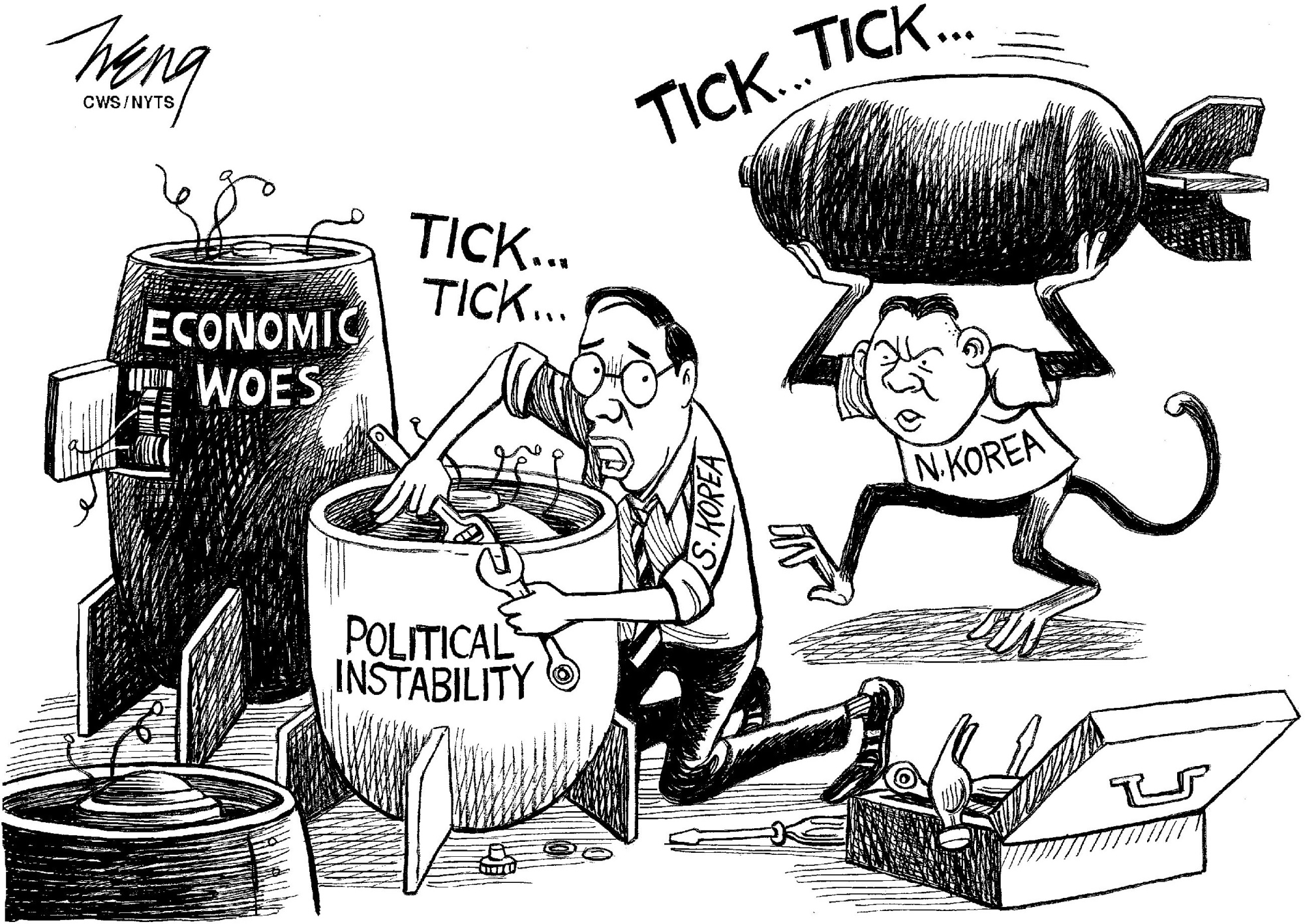North Korea's rapid nuclear and missile advances and America's rushed deployment of a ballistic missile defense system known as the Terminal High Altitude Area Defense (THAAD) in South Korea have increased the risks of a war on the Korean Peninsula by accident or miscalculation.
U.S. President Donald Trump may be battling the "deep state" at home but, in hastening THAAD's deployment, his administration has acted proactively to present a fait accompli to the next South Korean president. The new president is to be elected in a snap poll in May after South Korea's Constitutional Court recently upheld the National Assembly's impeachment of President Park Geun-hye over alleged corruption. It was the conservative Park who agreed last July to the THAAD placement, triggering grassroots protests, especially in the area where the system was to be deployed.
The THAAD issue increasingly has become divisive in South Korean politics, and the liberals' presidential hopeful, Moon Jae-in, has said the system's deployment unnecessarily escalates tensions on the peninsula. However, anticipating that the Constitutional Court would oust Park and that Moon could win the presidential election, the Trump administration began THAAD's placement early this month.


















With your current subscription plan you can comment on stories. However, before writing your first comment, please create a display name in the Profile section of your subscriber account page.